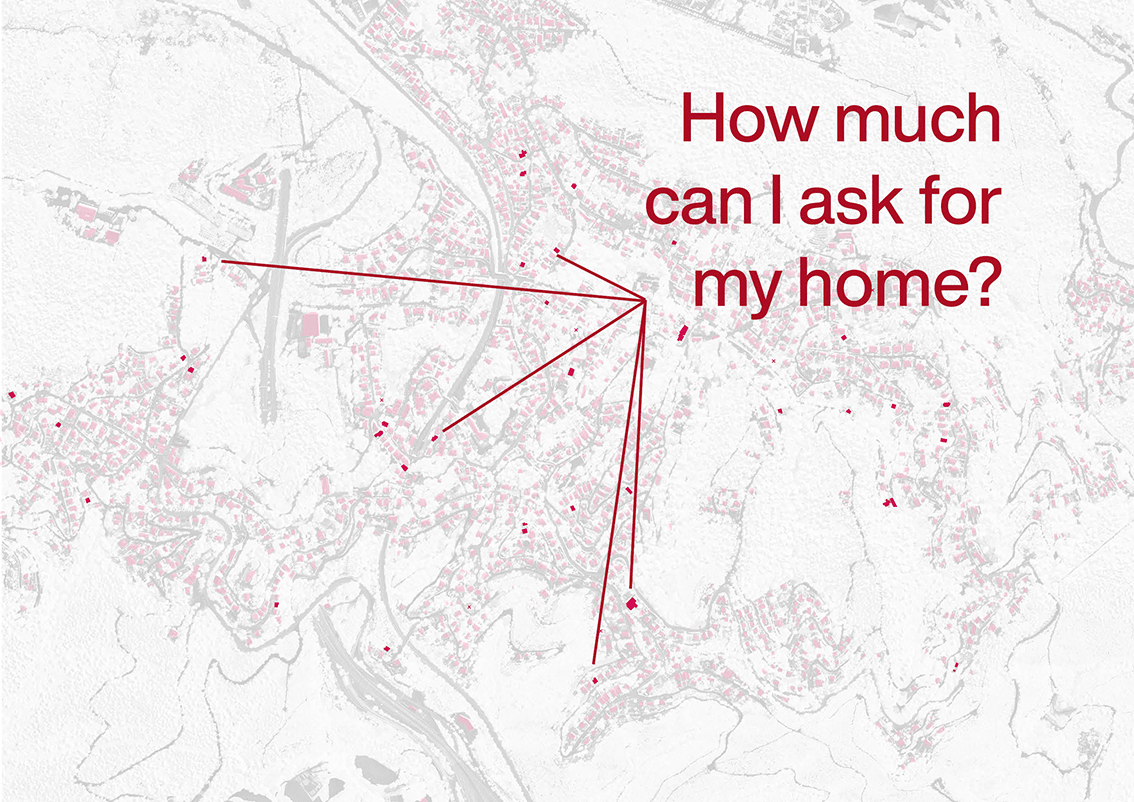Being rooted in a neighbourhood and not sacrificing proximity means that citizens come to the architecture office to ask about their small concerns and discover what an architect can do for them. The workspace then becomes a place where people come and go with questions that may end up leading to a new commission or just a one-off consultation. In any case, this proximity to the people is necessary to put architecture back in its place, serving and resolving people’s problems.
This realisation, after having carried out projects to study and apply citizen participation that led to a transformation of the relationship between citizens and the professional world of architecture, inspired our desire to set up a form of direct service. As if it were a doctor’s surgery, primary care architecture is the branch of architecture developed by Leve that seeks to provide this sort of service outside of the spontaneous channels where it already occurs.
The action, therefore, involves a first meeting, collecting basic information about the person’s questions. From there, we see to what extent the issue can be resolved directly or referred to another professional who can provide an answer. We get a wide range of questions: from people wanting to know what Leve does to those with doubts about bureaucracy and procedures, or basic ideas that can lead to a project.
In this last case, it is important to understand the process is not a uniform whole, meaning it is not a question of collecting some basic ideas and developing the whole process through construction as a turnkey project. On the contrary, debate during the process is essential because it allows the project to adapt to the concerns that arise during the process and, therefore, to achieve a final result that better suits the needs of the person involved.
Moreover, this way of working also involves breaking with the process of drawing up a project through to site management, so it can be abandoned halfway through the process. This means that seeing a head architect doesn’t necessarily have to end with project management. The project can remain in the phase of collecting proposals or discussions with a kind of preliminary project or executive project, never to be carried out.


